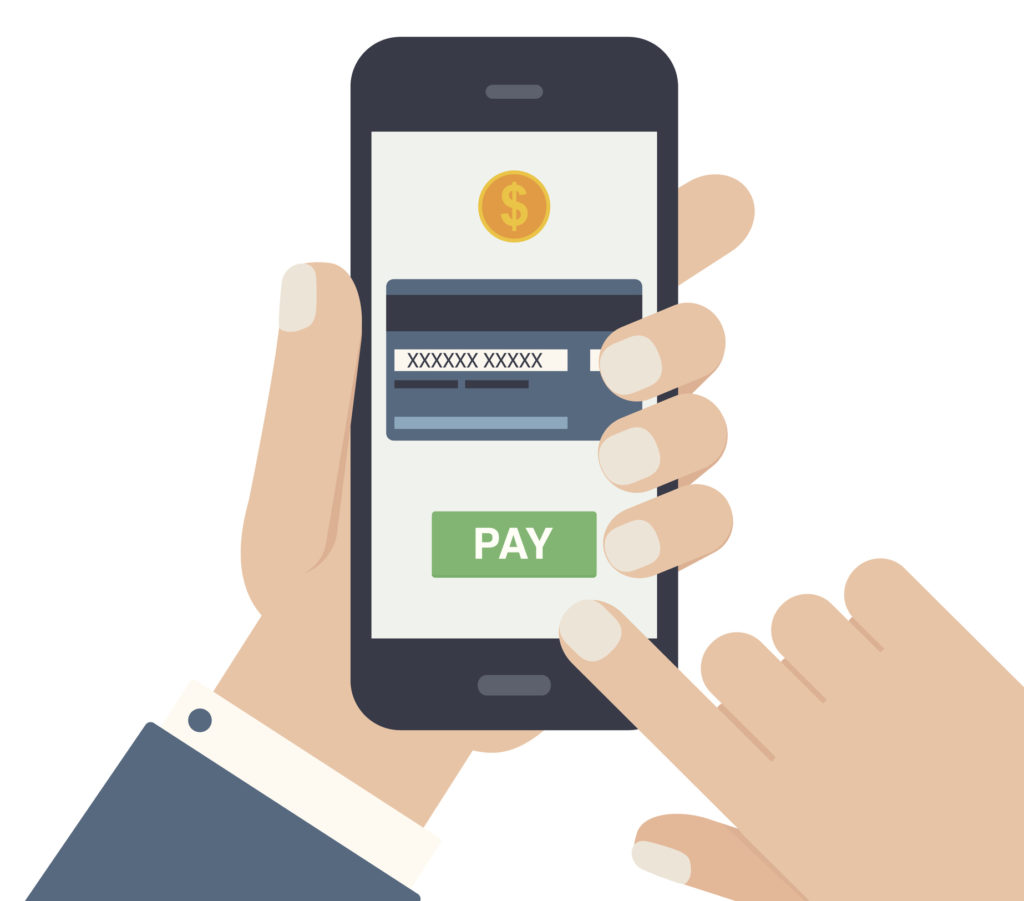 Even if you haven’t heard of the term, you’ve likely experienced contextual commerce (often referred to as frictionless commerce) in action – Uber, buy buttons, and Amazon’s Alexa are all examples of the way contextual commerce is slowly changing how consumers buy.
Even if you haven’t heard of the term, you’ve likely experienced contextual commerce (often referred to as frictionless commerce) in action – Uber, buy buttons, and Amazon’s Alexa are all examples of the way contextual commerce is slowly changing how consumers buy.
What is contextual commerce?
Think about ads in the past. People saw a billboard on the street and if they didn’t forget about it later, they’d go look up the company and their products. This process was friction-filled. It improved with the introduction of the internet. Consumers saw an online ad, clicked on it to go to the company’s website but there was still friction as they had to search for the product they wanted and then often endure a lengthy checkout process.
Contextual commerce is a solution to consumers’ “want it now” mentality these days. It means meeting consumers where and where they have the most interest and intent to purchase, with the easiest checkout experience as possible — reducing the sales cycle significantly. Contextual commerce is named so as it aims to facilitate transactions within a customer’s current environment (or context).
This method of commerce allows businesses to integrate buying opportunities into everyday activities. From buy buttons within a social app to a button on a recipe page that lets you buy all the ingredients in the exact amounts, the possibilities are endless. Instead of redirecting consumers to an external website, contextual commerce eliminates a few steps, delays, and abandonment opportunities on the path to smooth checkouts within platforms. Contextual commerce is ultimate goal is convenience. Let’s take a look at some big players in contextual commerce today.
Amazon
It’s impossible to talk about frictionless experiences and contextual commerce without mentioning Amazon. Enabled by voice recognition technology, Amazon’s Alexa allows users to call an Uber, order a pizza from Dominos or Pizza Hut, make shopping lists and place orders, and much more. Amazon is removing the friction and enabling users to take action immediately when and where they need to. Their Amazon Dash Button makes the purchasing process “invisible” with specific product buttons that automatically reorders and pays, and now they’ve taken their Dash buttons one step further with digital versions for Prime members.
Pinterest & Instagram buy buttons
From Instagram to Pinterest, social media companies are looking for a way to engage the millions of users on their channels. Pinterest’s “buyable pins” let consumers buy products with Apple Pay or stored credit card information, at the moment that they show intent, without ever leaving the platform. Instagram introduced shoppable tags; consumers tap the photo for tags as they normally do, but instead of the brand handle, consumers will be able to see product information like price, description, additional photos, and a “Shop Now” button. Instagram also allows verified accounts attach a link to their Instagram stories, allowing users who are viewing the story to simply scroll up and automatically be taken to the site within the app. These new features reduce a lot of the friction that brands run into when selling on Instagram as the social media platform doesn’t allow links in posts and only one URL in the profile.
This Chinese social media app is a contextual commerce powerhouse. The amount of functionality that users have access to with WeChat is impressive. They can call taxis, book flights, order food, send P2P (peer-to-peer) payments, pay bills, and more. In addition to that, WeChat forms a bridge for businesses to connect with customers. Within the social app, businesses can share stories, set up micro-stores, as well as communicate and sell directly to consumers through chat. From Dior to H&M to Chanel, fashion brands are using WeChat to reach Chinese consumers on the social platform when they’re ready to buy.
SapientNitro
Virtual reality is a space where there’s still a lot of room for advancements. SapientNitro is a digital marketing agency that has created an immersive shopping experience with their virtual reality environment modeled after a SoHo boutique retail store: The Apartment. Once in the virtual space, shoppers can browse products and even add them straight to a shopping cart. In addition to SapientNirtro, Apple-acquired AR startup Metaio, Facebook’s Oculus Rift, Playstation VR, and Microsoft VR Hololens all point to a future that contains more VR-enabled shopping experiences.
Uber
Uber made “invisible” payments ubiquitous. When a user downloads Uber, they securely store their payment information in the app. The cards on file are automatically charged once the rider’s destination has been reached — taking the friction out of paying and tipping completely. On top of their ride-share capabilities, Uber has also been doing some interesting things in the way of contextual commerce such as Ubereats and hotel check-ins en route.
Facebook Messenger
Facebook’s messenger allows users to send and receive money to other Messenger users, get status updates from participating retailers, order an Uber, rebook flights, and more — all within the app.
These are just some of the many instances of contextual commerce in real-world applications around us. Buying experiences will only continue to get easier and more seamless as contextual commerce continues to gain popularity.